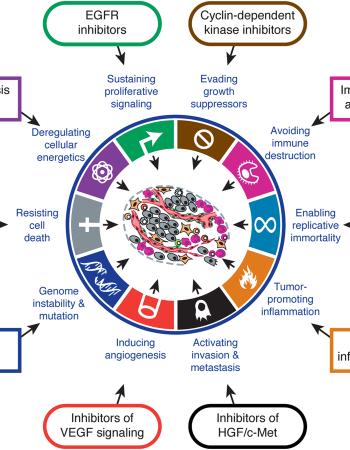Determination of dose- and time-dependent hepatotoxicity and apoptosis of Lanthanum oxide nanoparticles in female Swiss albino mice
Nanosized lanthanum oxide particles (La2O3) are commonly utilized in various industries. The potential health risks associated with La2O3 nanoparticles, cytotoxic effects at varying doses and time intervals, and the mechanisms behind their induction of behavioral changes remain uncertain and necessitate further investigation. Therefore, this study examined in vivo hepatotoxicity, considering the quantity (60, 150, and 300 mg/kg) and time-dependent induction of reactive oxygen species (ROS) over one week or 21 days. The mice received intraperitoneal injections of three different concentrations in Milli-Q water. Throughout the experiments, no physical changes or weight loss were observed among the groups. However, after 21 days, only the highest concentration showed signs of anxiety in the activity cage (p < 0.05). Subsequently, all animals treated with La2O3 NPs exhibited a significant loss of learning and memory recall using the Active Avoidances test, after 21 days (p < 0.001). Markers for anti-reactive oxygen species (ROS) such as superoxide dismutase (SOD) were significantly upregulated in response to all concentrations of NPs after seven days compared to the control group. This was confirmed by a significant increase in glutathione peroxidase (Gpx1) and pro-apoptotic Caspase-3 expression at the lowest and highest doses. Additionally, both transcription and protein levels of the anti-apoptotic BCL-2 surpassed P53 protein in a dosage-dependent manner, indicating activation of the primary anti-apoptosis pathway. After 21 days, P53 levels exceeded BCL-2 protein levels, confirming a significant loss of BCL-2 mRNA, particularly at the 300 mg/kg concentration. Furthermore, a higher transcription level of Caspase-3, SOD, and Gpx1 was observed, with the highest values detected at the 300 mg/kg concentration, indicating the activation of cell death. Histopathological analysis of the liver illustrated apoptotic bodies resulting from La2O3 NP concentration. The investigation revealed multiple inflammatory foci, cytoplasmic degeneration, steatosis, and DNA fragmentation consistent with increased damage over time due to higher concentrations. Blood samples were also analyzed to determine liver enzymatic changes, including alkaline phosphatase (ALP), alanine transaminase (ALT), aspartate aminotransferase (AST), and lipid profiles. The results showed significant differences among all La2O3 NP concentrations, with the most pronounced damage observed at the 300 mg/kg dose even after 21 days. Based on an animal model, this study suggests that La2O3 hepatotoxicity is likely caused by the size and shape of nanoparticles (NPs), following a dose and time-dependent mechanism that induces the production of reactive oxygen species and behavioral changes such as anxiety and memory loss.

This research introduces a new hybrid material for potential cancer treatment. It combines carbon nanotubes decorated with copper nanodots and Arabic gum through an electroless reduction…

Background: Nanotechnology has emerged as a novel research area to address the several problems associated with existing cancer treatments.

Liver cancer is often highly fatal due to poor prognosis. The treatment approaches are continuously evolving with the advancements in technology.

